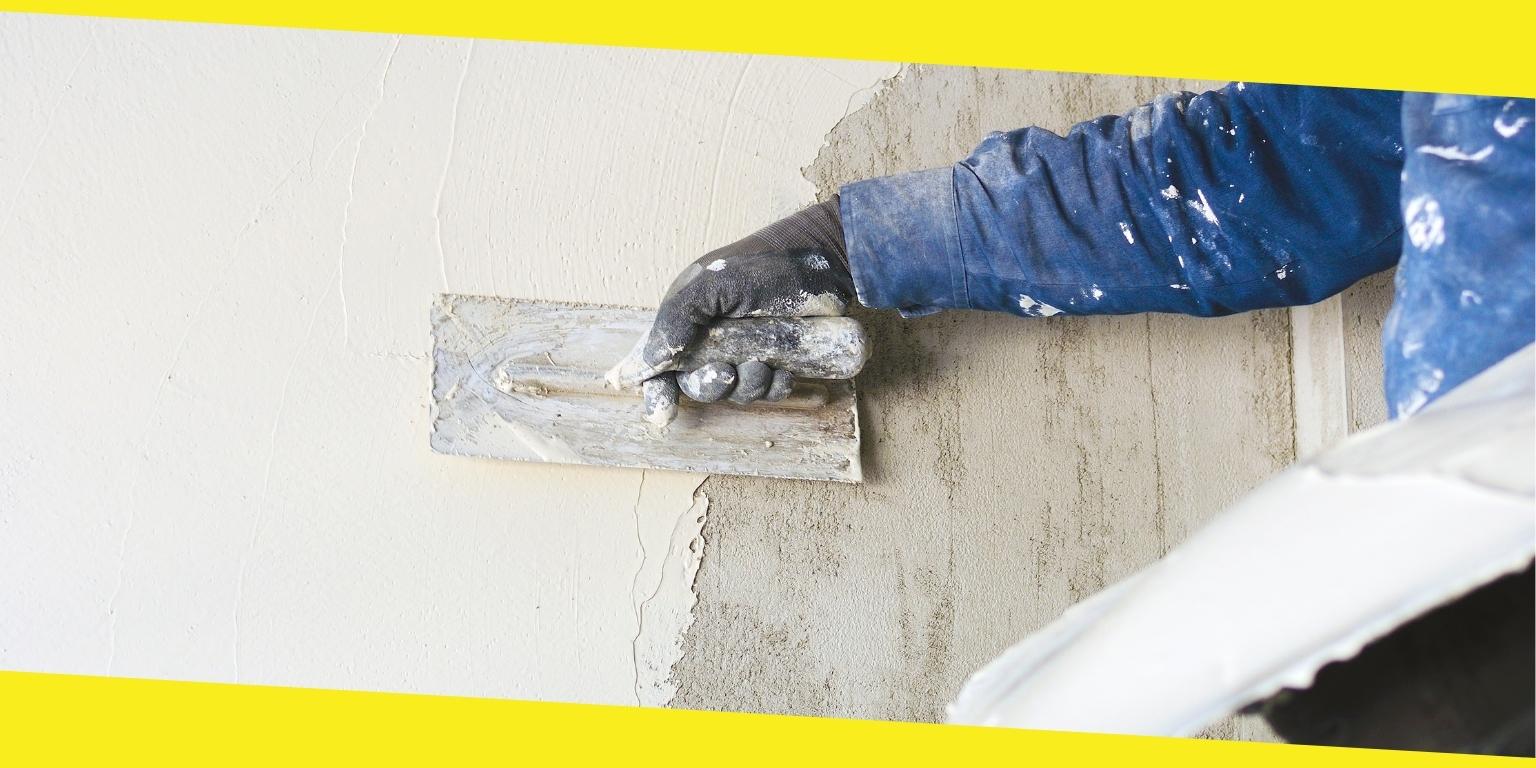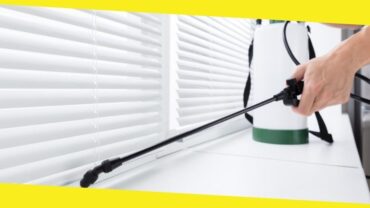What You Need to Know About Interior Plastering
This post was last updated on May 4th, 2022

When you’re ready to start your plastering project, there are a few things you need to know. Firstly, it’s essential to ensure that the plaster is a thick, custard-like consistency. Using a hand trowel can help you with this. After applying the first coat, you’ll want to smoothen it out using a trowel. The next step is to apply a second layer of plaster, and it should be thinner than the first one to create a smoother finish.
Once the plaster is applied, you need to clean the existing plaster.
Once the plaster is applied, you need to clean the existing plaster. Then, you need to check the suction of the walls. If they are too porous, the plaster will be sucked out and won’t dry. Use water or PVA to control the suction of the wall. A rag is also a great idea to wipe the old plaster away. It would help if you disposed of it properly, as you can’t put it back on your wall.
It requires long sweeping motions.
Once the plaster has been applied, you’ll need to smooth it out, and it requires long sweeping motions. Try to go from the bottom to the top of the wall in one flourish. Once you’ve completed the process, you should leave the wall to dry. Then, you can start repairing the walls. Once you’re done, you can move on to the next stage, the next part.
Clean off any dust and existing plaster on the walls.
Before you begin, you should clean off any dust and existing plaster on the walls. You also need to check the suction of the walls. If the wall is too porous, it will absorb moisture from the plaster and not dry properly. You can stop this by filling in small spaces with polyfilla. After enough practice, you will identify when the suction is right.
Once the plaster is firm, you should smoothen the surface and ensure no gaps.
Also, the process of plastering can be messy. While it’s important to remember that the plaster is not yet set, it’s essential to make sure the walls are flat and smooth. Once the plaster is firm, you should smoothen the surface and ensure no gaps. In between stages, you should sand the wall and ensure that the corners are not too steep or too narrow.
Make sure that you apply more than one coat of plaster.
While the process of plastering is relatively straightforward, mistakes can happen. A mistake made during the process can lead to a patchy finish. To avoid this, you should apply the plaster in a circular motion. This way, you can apply more force to a particular area. Besides, you should make sure that you apply more than one coat of plaster. It’s important to remember that the layers of plaster can overlap.
Pay attention to the fine details.
When it comes to interior plastering, it’s essential to pay attention to the fine details. You should avoid making a mess by skipping too many steps. Moreover, plastering is not a DIY project, and you don’t need to hire an expert to do it for you. Instead, ask someone who has done it before. Then, you’ll need to find out what works for them.
Get to know the plastering technique.
Also, it would help if you got to know the plastering technique. Unlike painting, plastering is an art, and you’ll need to learn how to work with it. Aside from laying the correct type of plaster, you should also ensure that you’re using the correct tools. A good quality trowel will help you avoid mistakes while painting. It’s also essential to buy suitable materials.
The best way to learn how to plaster a wall is to hire a professional.
The best way to learn how to plaster a wall is to hire a professional from https://www.plasterersgoldcoast.net.au/. While you’re trying to make the walls look smooth, remember that a smooth surface is essential to avoid cracking the plaster. When you’re plastering a wall, be sure to clean it thoroughly. You’ll want to use a brush and a hammer to smooth out the surface. When you’re plastering, it’s essential to use a brush to apply the plaster.
Recommended For You
Top Five Benefits of Pest Control Services
Most Inside
Most Inside offers high-quality recommendations and valuable updates to enhance all aspects of your life, providing premium guidance and enriching experiences.




